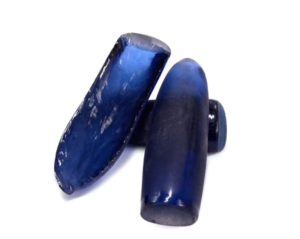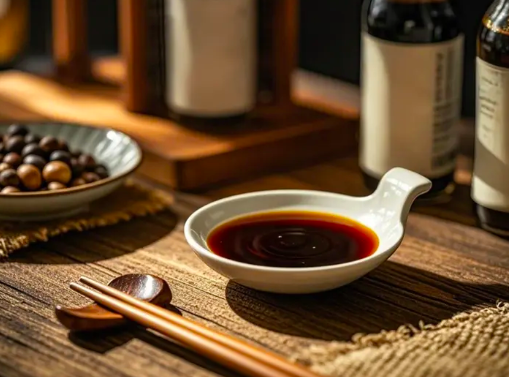目录
ToggleA beautiful piece of sapphire jewelry would have no uniqueness without the precision cutting of synthetic corundum. Synthetic corundum is very useful in various applications. This is because of its toughness and stability.
 What is a synthetic sapphire boules ingot?
What is a synthetic sapphire boules ingot?
While the name “corundum” may not be familiar to many, its family members, sapphire and ruby, are well-known. Corundum is a naturally occurring mineral renowned for its hardness, making it the toughest natural substance with exceptional scratch and chemical resistance. Its dense and compact structure lacks gemstone cleavage, further enhancing its durability and resilience.
Lab-grown gemstones are now considered less fake than they once were, Lab-created corundum also has attractive designs. That is because lab-created corundum undergoes the same process as the natural ones. Synthetic gemstones exhibit identical chemical composition, crystal structure, and optical properties to their natural counterparts.
With advancements in technology, suppliers use the flame fusion technique to create synthetic sapphire boules; in this process, aluminum oxide powder and other trace elements are used to make the various types of synthetic sapphire boules.
This technology has helped produce various synthetic sapphire boules because of its:
- Low stress
- A high-quality crystalline structure
- Superior strength
- Material consistency

The manufacturer’s commitment, research, and development have helped us obtain larger boules, ideal for other advanced applications.
In most product lines, there are various synthetic sapphire boules available for consideration. For example: blue, yellow, purple, green, orange, and red sapphire crystal ingots. Red is also known as “ruby”. The flame fusion process uses the most economical and affordable process. Therefore, many manufacturers will guarantee the output of high-quality synthetic sapphire boules ingots at affordable prices.
Why does synthetic sapphire boule have different colors?
Ideally, manufacturers use additional exotic elements when forming synthetic sapphire boules. For example, titanium and iron are used to synthesize blue sapphire. Through chromium, we can get pink synthetic ingots. The combination of titanium and chromium produces purple-pink sapphire. Without additional elements, you will get a white sapphire ingot. To fully understand how color combinations work, you can find research documents from experts to help understand the sapphire color chart.
All in all
It is not easy for us to identify real synthetic corundum with the naked eye. That’s why you must seek expert help. If you are considering a gemstone for your jewelry set, synthetic sapphire boules are the best choice. From engagement rings to necklaces to pendants, it can be made into various types of synthetic sapphire jewelry with different colored sapphire crystal ingots. There are also many people who invest in high-quality corundum sapphire crystal ingots and think it is worth the money.
0







